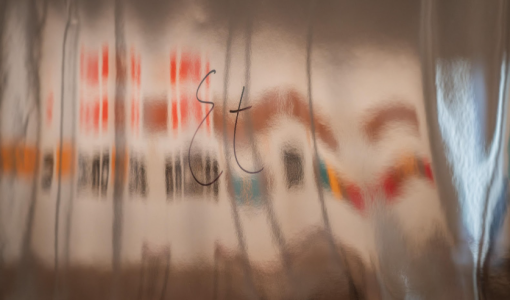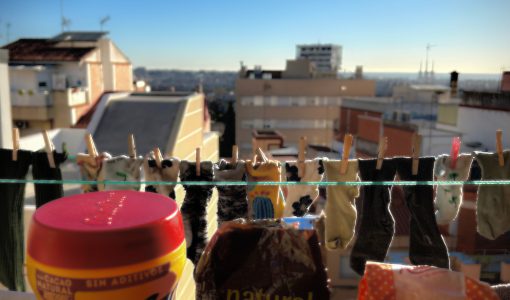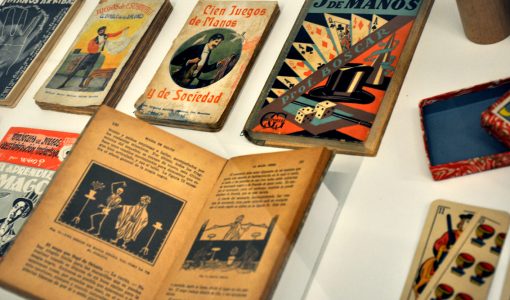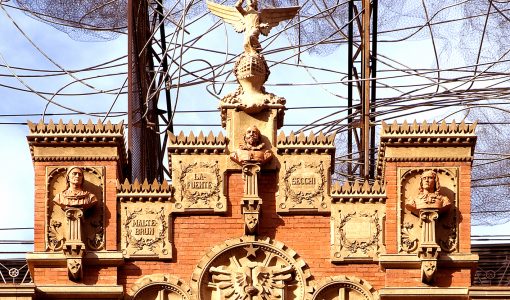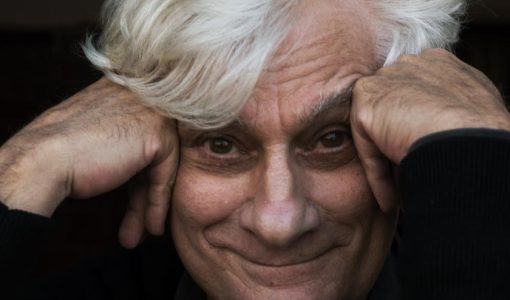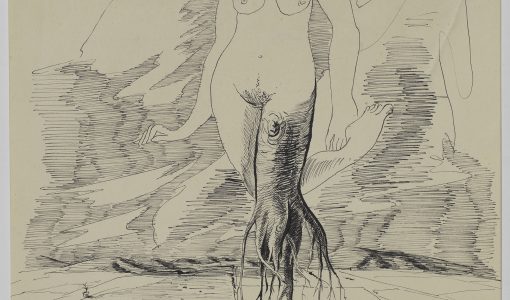Antoni Tàpies. The Places of Art
05.03.2010 – 02.05.2010
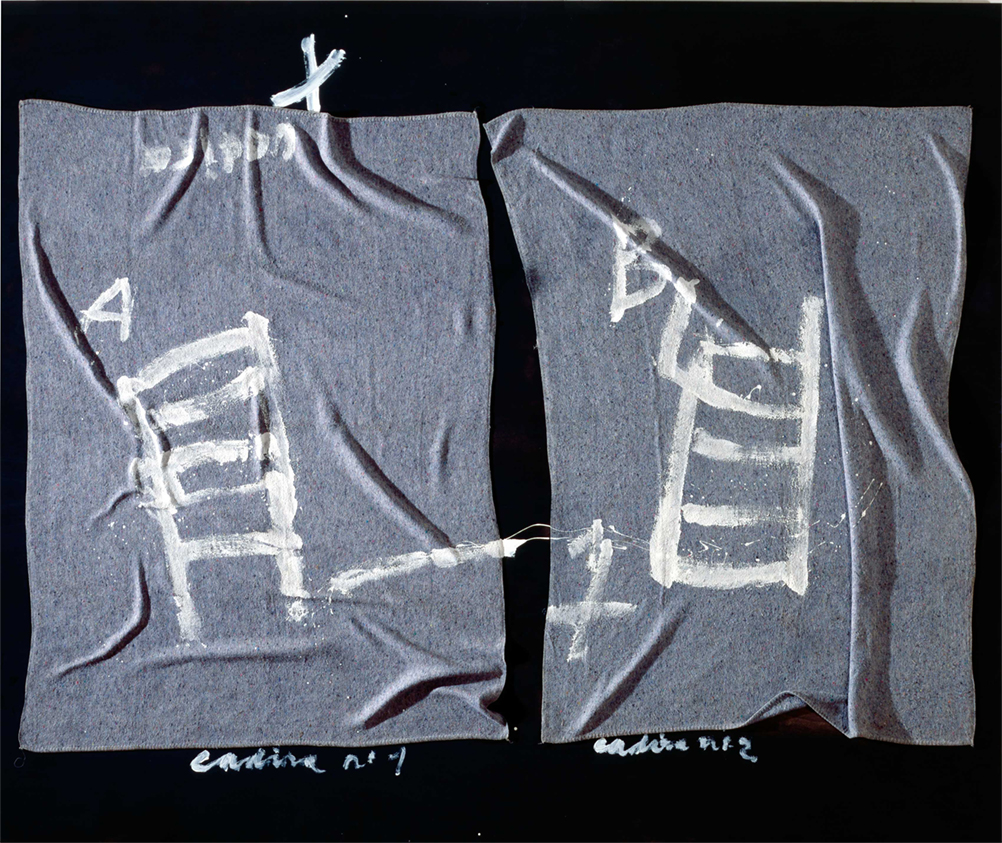
The main feature of the exhibition with which the Fundació reopens its doors after its architectural reform is the fact that it transcends disciplines, periods and geographies. It is presented in various parts of the Fundació and embraces the complexity and plurality of interests in Antoni Tàpies’ work, from a selection of his pictorial work of the last twenty years, with a number of counterpoints of more remote works that are their embryo, including a fragment of what he called his “manifest” and his “museum,” which corresponds to the spiritual and artistic setting of “three thousands years of friendship,” a long search for values that go beyond aesthetics.
In the first place
The basement of the Fundació displays a selection of works ranging from ancient Egyptian to modern western art, from ritual objects to scientific books. These works do not only constitute the artist’s living environment: they are closely related to his way of conceiving art, and represent a heterodox interrogation concerning its origins, history and meaning.
In the second place
This exhibition of Antoni Tàpies’ works is based in particular on a selection of the pieces he has created in the last twenty years, pieces that open up a path from an inner light and from a memory of gesture: a trajectory of over sixty-five years of uninterrupted work that has enabled him, in maturity, to continue creating powerful images that are still imbued with magic, expressiveness and rebellion. The exhibition commences with a work from the summer of 1945, with the apprentice painter who questions the social function of art and the motivations of the artist, and who poses himself all manner of existential doubts (a questioning that, over the years, will become the touchstone of an artistic production that is as expansive in variety as it is in time).
Dates
05.03.2010 – 02.05.2010
Artist
Antoni Tàpies.
Curators
Laurence Rassel and Miquel Tàpies.
Price
General entrance: 12.00 €
Certified students and people over 65: 8 €
More information






